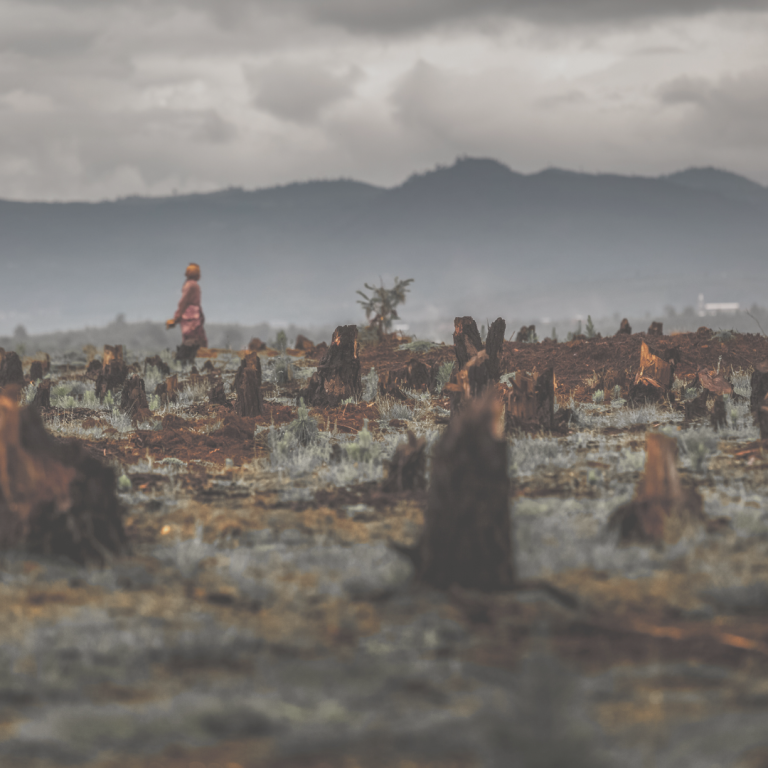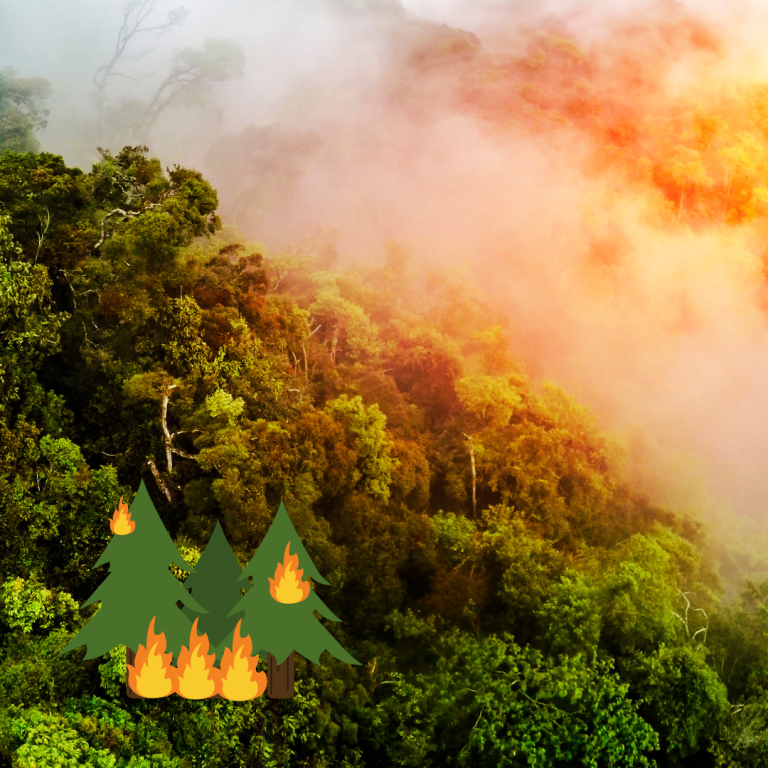Effects of Deforestation, Deforestation Statistics and Information
Introduction: Facts, Causes & Effects of Deforestation
Deforestation involves the large-scale removal of trees which leads to significant environmental changes. This process not only contributes to biodiversity loss but also to climate change due to the emissions from cleared and degraded forests.
Why Deforestation Matters: Environmental and Social Impacts
The removal of forests impacts climate regulation, water cycles, and biodiversity. It affects local communities, particularly indigenous populations who depend on forests for their livelihood, cultural heritage, and survival.
Causes of Deforestation: From Agriculture to Palm Oil Production
The primary drivers of deforestation include agricultural expansion, logging, and the production of commodities like palm oil. These activities are particularly prevalent in tropical regions where the rich biodiversity suffers the most.
Deforestation and Forest Degradation: How They Contribute to Global Warming
Forests act as carbon sinks; when they are degraded or cleared, they release carbon dioxide and other greenhouse gases into the atmosphere, exacerbating global warming.
Three Devastating Results of Deforestation
The effects of deforestation leads to disrupted water cycles, increased soil erosion, and loss of biodiversity. These changes have far-reaching effects on the planet’s ecological balance and human communities.




Global Deforestation: Are Emissions Driven by Domestic Demand or International Trade?
While domestic policies impact deforestation rates, international trade in forest commodities like timber, soy, and palm oil also plays a crucial role in driving deforestation across borders.
Carbon Emissions from Deforestation: Scope and Solutions
Deforestation accounts for a significant percentage of global emissions. Strategies to mitigate these emissions include enhancing sustainable land management, enforcing stricter regulations, and promoting reforestation.
How to Reduce Deforestation: Strategies and Global Commitments
International commitments, such as the REDD+ initiative, aim to reduce emissions from deforestation by funding conservation efforts, sustainable management of forests, and enhancing forest carbon stocks.
Tropical Deforestation: Which Countries are Leading the Fight?
Countries like Brazil and Indonesia have critical roles in the global effort to combat deforestation due to their large rainforest covers and high deforestation rates. Efforts in these countries can influence global forest trends significantly.
The Historical Significance of Earth Day in Combatting Deforestation
Earth Day highlights the environmental movements that play a vital role in raising awareness and driving action against deforestation globally.
Conclusion
To combat the growing rate of deforestation effectively, a multifaceted approach involving local actions and global strategies is essential. Public awareness and involvement are critical in driving the change needed to sustain forests for future generations.
FAQ
What is the primary cause of deforestation?
Agriculture, specifically the clearing of forests for cropland and pasture.
How does deforestation affect global warming?
It releases significant amounts of carbon dioxide, a potent greenhouse gas, into the atmosphere.
Can reforestation help reverse the effects of deforestation?
Yes, reforestation can restore ecosystems, though it cannot completely replace the biodiversity lost through original deforestation.
What are effective strategies to reduce deforestation?
Enforcing legal protections for forests, promoting sustainable land use practices, and supporting international efforts like REDD+ are effective strategies.
Which countries have made significant progress in reducing deforestation?
Countries like Brazil have made notable progress, although challenges remain due to economic pressures and illegal activities.
